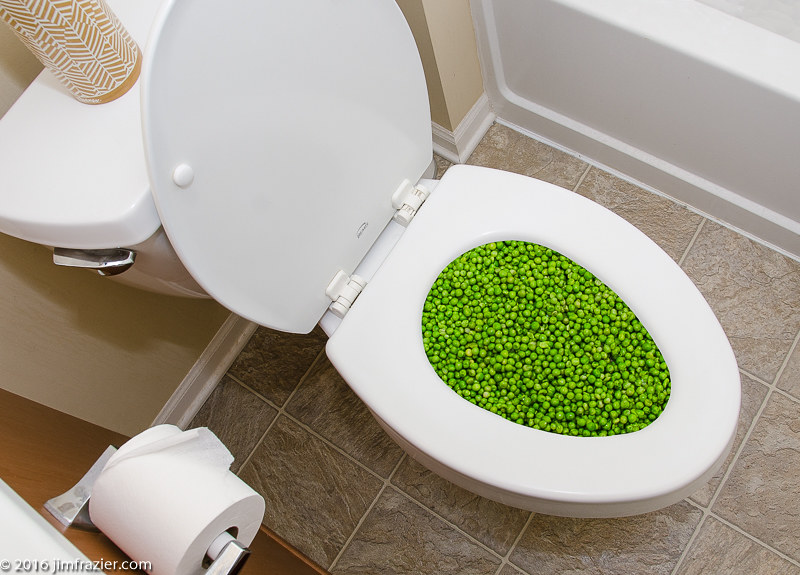Is it Safe to Flush Food in the Toilet?
Is it Safe to Flush Food in the Toilet?
Blog Article
The author is making several good observations on What Can Happen If You Flush Food Down the Toilet? in general in this great article which follows.

Intro
Lots of people are usually confronted with the problem of what to do with food waste, especially when it comes to leftovers or scraps. One usual concern that develops is whether it's okay to purge food down the bathroom. In this write-up, we'll explore the reasons people may think about purging food, the effects of doing so, and alternative approaches for proper disposal.
Reasons that individuals might consider flushing food
Absence of recognition
Some people might not understand the potential harm caused by purging food down the bathroom. They may erroneously believe that it's a harmless practice.
Benefit
Purging food down the commode might look like a quick and very easy solution to dealing with unwanted scraps, specifically when there's no neighboring garbage can readily available.
Idleness
Sometimes, individuals might merely choose to flush food out of sheer laziness, without considering the effects of their activities.
Repercussions of flushing food down the bathroom
Environmental effect
Food waste that winds up in rivers can contribute to air pollution and injury aquatic ecosystems. Additionally, the water made use of to flush food can strain water resources.
Plumbing concerns
Flushing food can lead to blocked pipelines and drains, causing expensive plumbing repair work and troubles.
Types of food that must not be flushed
Coarse foods
Foods with fibrous appearances such as celery or corn husks can get entangled in pipes and trigger clogs.
Starchy foods
Starchy foods like pasta and rice can soak up water and swell, bring about blockages in pipelines.
Oils and fats
Greasy foods like bacon or cooking oils need to never ever be flushed down the commode as they can solidify and trigger clogs.
Appropriate disposal techniques for food waste
Making use of a garbage disposal
For homes equipped with waste disposal unit, food scraps can be ground up and flushed with the plumbing system. Nonetheless, not all foods appropriate for disposal in this way.
Recycling
Particular food product packaging materials can be recycled, minimizing waste and lessening environmental influence.
Composting
Composting is an eco-friendly method to deal with food waste. Organic materials can be composted and utilized to improve dirt for horticulture.
The relevance of proper waste monitoring
Minimizing environmental injury
Correct waste administration practices, such as composting and recycling, assistance decrease contamination and maintain natural resources for future generations.
Safeguarding pipes systems
By avoiding the method of flushing food down the bathroom, house owners can prevent costly pipes fixings and keep the honesty of their pipes systems.
Conclusion
To conclude, while it may be alluring to purge food down the commode for comfort, it's important to recognize the possible consequences of this action. By taking on correct waste administration practices and getting rid of food waste properly, individuals can contribute to much healthier plumbing systems and a cleaner environment for all.
FLUSH FOOD DOWN THE TOILET?
FLUSHING FOOD CAN CAUSE BLOCKED DRAINS IN YOUR HOME
All of the plumbing fixtures in your home are connected to the same sewer pipe outside of your home. This outdoor sewer pipe is responsible for transporting all the wastewater from your home to the Council sewer mains. Even small pieces of food that go down the kitchen sink can cause problems for your sewer. It should therefore be obvious that flushing larger bits of food, such as meat, risks a clog in either the toilet itself or the sewer pipes. Flushing greasy food is even more problematic because oil coagulates when it cools, coating the interior lining of your pipes.
THE TOILET IS NOT A BIN
Food isn’t the only thing that people shouldn’t be flushing down the toilet. People use the toilet to dispose of all kinds of things such as tampons, makeup wipes, dental floss, kitty litter and even underwear. Water goes to great lengths to educate residents about the high costs and stress placed on wastewater treatment systems simply from people flushing the wrong stuff down the toilet. It costs taxpayers millions of dollars each year, and homeowners thousands in blocked drain repairs.
FLUSHING FOOD IS A WASTE OF WATER
Flushing food is a waste of our most precious resource - water. In June this year Level 1 water restrictions were introduced to protect water supply from drought conditions. Much of New South Wales continues to be affected by prolonged drought with recent figures revealing up to 97 per cent of the state remains in drought. Depending on whether you have a single or dual flush toilet, every single flush uses between five and 11 litres of water. In the current climate this is a huge amount of water to be wasting on flushing food that should be placed in the bin (or better yet, the compost).
https://www.jabplumbingsolutions.com.au/blog/can-you-flush-food-down-the-toilet

We had been shown that editorial about Think Twice Before Flushing Food Down Your Toilet from an associate on another web address. Loved our blog? Please quickly share it. Let somebody else locate it. I am grateful for being here. Kindly stop by our site back soon.
Get A Quote Report this page